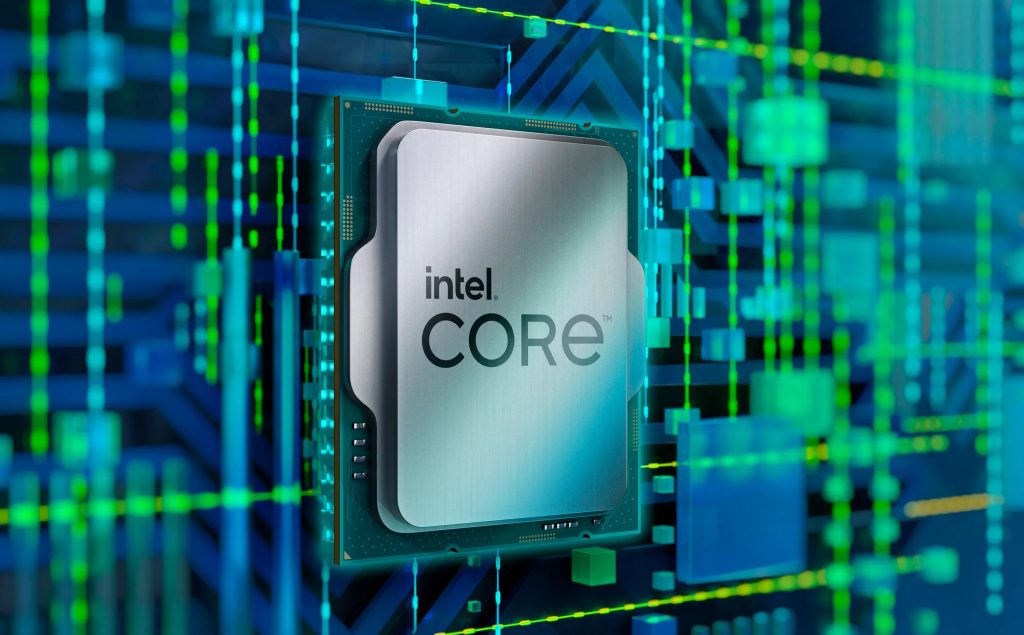Intel has recently disclosed a recently discovered security vulnerability dubbed “Downfall” affecting various Intel CPU generations. This susceptibility has been traced back to a memory optimisation feature that uses the “Gather” instruction. As the name implies, this instruction gathers data from dispersed locations, inadvertently laying bare the internal hardware registers and granting access to the data enclave maintained by other running programs.
To address the problem, Intel released a revised software-level microcode. However, there is concern about how it will impact performance, which might be reduced on AVX2 and AVX-512 workloads using the “Gather” instruction by up to 50%, according to Intel.

After Intel issued the fix, Phoronix promptly started testing it to see the real performance impact. The testing showed that performance is affected differently depending on the CPU, as two Xeon Platinum 8380 CPUs were roughly 6% slower, while the Core i7-1165G7 saw performance deterioration ranging from 11% to 39%. Although both chips still show smaller performance degradation than Intel's predicted 50%, the drop is still noticeable. The consequences of Downfall may extend beyond specialised jobs like AI or HPC to more typical applications like video transcoding.
The issue affects Intel mainstream and server CPUs with microarchitectures spanning from Skylake to Rocket Lake. The detailed list of CPUs impacted by this vulnerability can be found here.
KitGuru says: The microcode update is optional but we would always encourage keeping your PC as secure as possible.
 KitGuru KitGuru.net – Tech News | Hardware News | Hardware Reviews | IOS | Mobile | Gaming | Graphics Cards
KitGuru KitGuru.net – Tech News | Hardware News | Hardware Reviews | IOS | Mobile | Gaming | Graphics Cards


